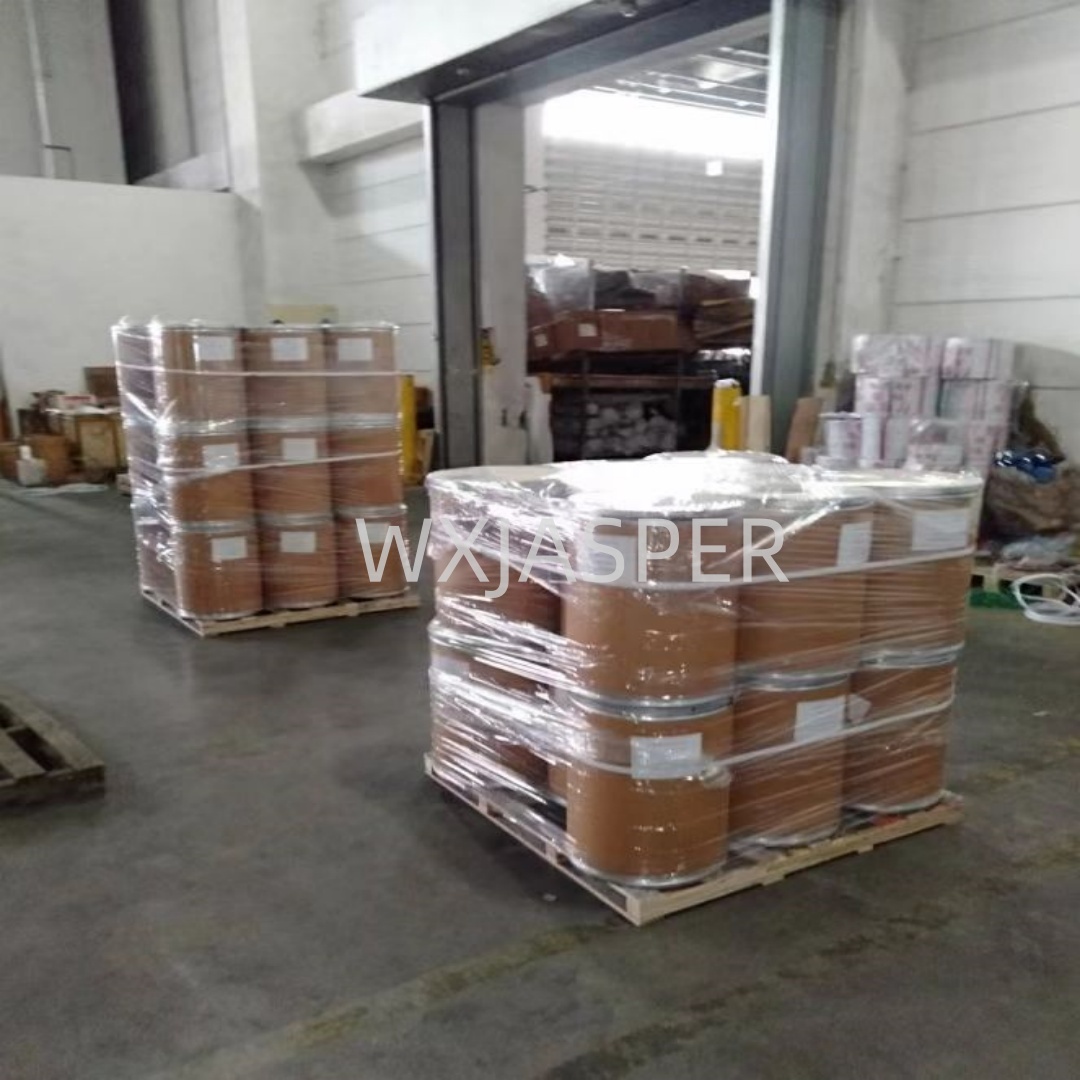Product Details
CasNo: 34014-18-1
MF: C9H16N4OS
Appearance: solid
Delivery Time: 15 days
Packing: 25kg/drum
Purity: 98%
1. Basic Information
- English Name: Tebuthiuron
- Chemical Name: N-(5-tert-Butyl-1,3,4-thiadiazol-2-yl)-N,N'-dimethylurea
- Molecular Formula: C₉H₁₆N₄OS
- Relative Molecular Weight: 228.31
- CAS Registry Number: 34014-18-1
2. Physicochemical Properties
- Appearance: Pure product is an off-white to pale yellow crystalline solid.
- Melting Point: 162.9℃; decomposes at 275℃.
- Relative Density: 1.19
- Solubility (at 20℃):
- 2500 mg/L in water
- 3700 mg/L in benzene
- 6100 mg/L in n-hexane
- 70000 mg/L in acetone
- 170000 mg/L in methanol
- Stability: Stable in soil and water, and not easily degradable.
3. Toxicity
- Acute Oral Toxicity: The acute oral LD₅₀ of the technical material for rats is 644 mg/kg, classifying it as moderately toxic.
- Toxicity to Other Organisms:
- Acute oral LD₅₀ for mallard ducks: >2500 mg/kg (low toxicity).
- LC₅₀ (96h) for rainbow trout: >87 mg/L (moderate toxicity).
- EC₅₀ (48h) for Daphnia magna (water fleas): >225 mg/kg (low toxicity).
- EC₅₀ (72h) for Selenastrum capricornutum (crescent algae): 0.05 mg/L (moderate toxicity).
- Moderately toxic to honeybees and earthworms.
- Irritation & Safety: It is irritating to the eyes but has no neurotoxicity or skin irritation. No chromosome aberration or carcinogenic risk has been detected.
4. Formulations
Main formulations include:
- 95%, 97%, 98% Tebuthiuron Technical Material (TC)
- 46% Tebuthiuron Suspension Concentrate (SC)
- 20% Tebuthiuron Granules (GR)
5. Mechanism of Action
Tebuthiuron is absorbed by the roots of plants, then translocated to the stems and leaves. It exerts its herbicidal effect by inhibiting photosynthesis, which disrupts the plant’s energy metabolism and ultimately leads to weed death.
6. Application Scope
- Primarily used for controlling annual and perennial grassy weeds and broad-leaved weeds in non-cultivated areas (e.g., industrial wastelands, railway embankments, and highway slopes).
- Also applicable for selective weed control in sugarcane fields (effectively suppressing weeds without harming sugarcane growth when used at the recommended dosage).


